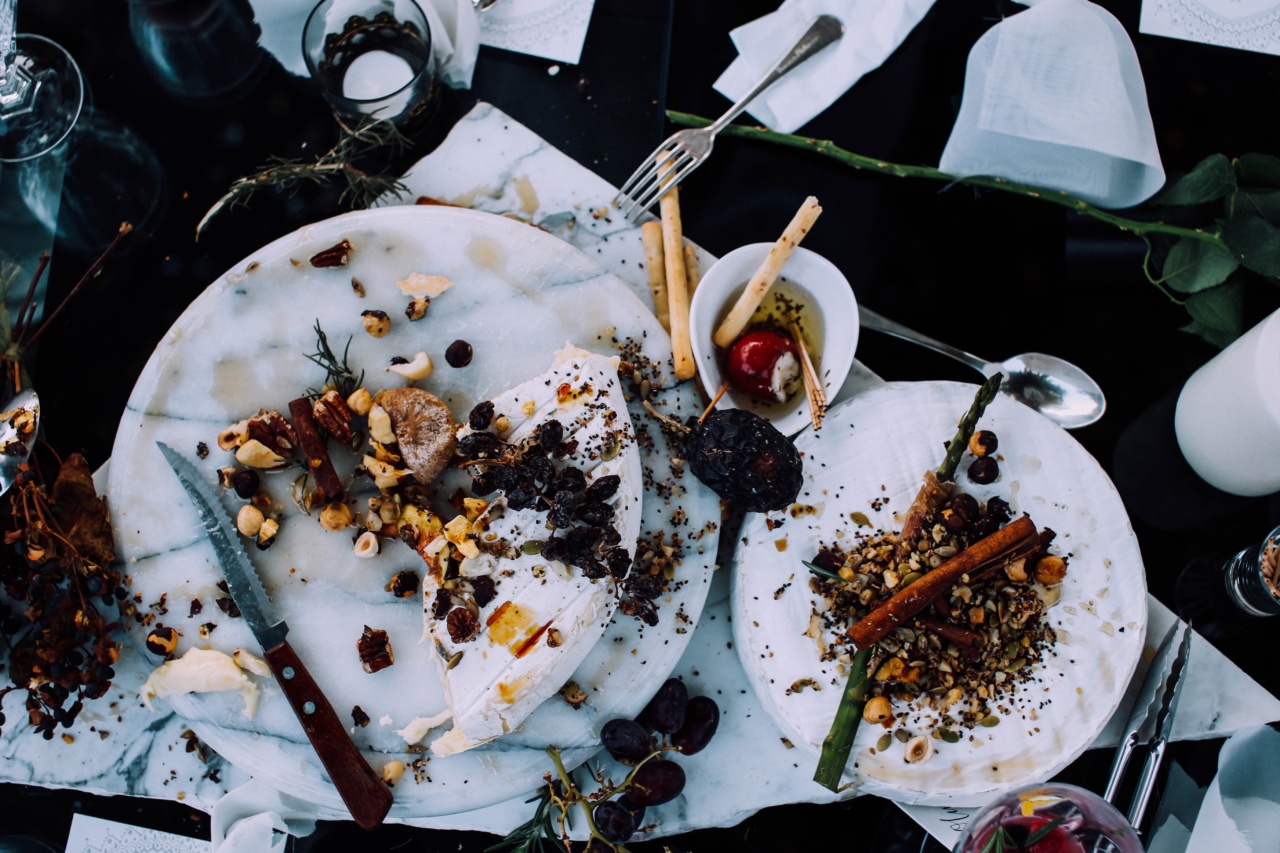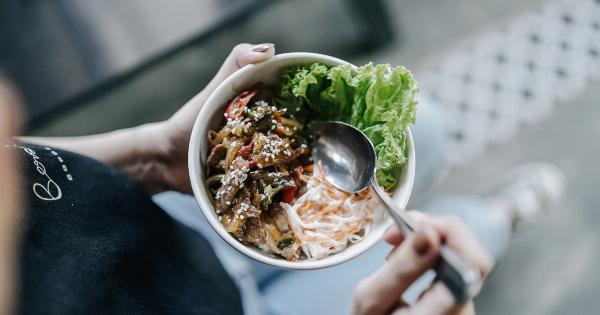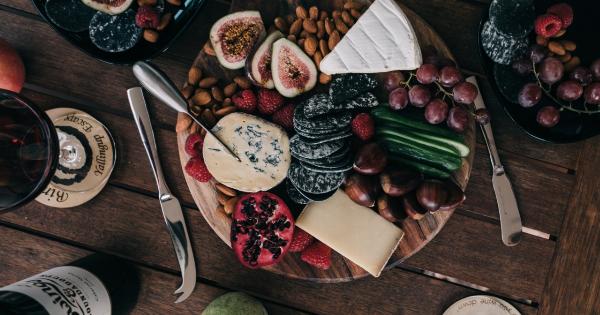Undergoing a colonoscopy is an important procedure to detect any abnormalities or signs of diseases in the colon. It involves the insertion of a thin, flexible tube with a camera into the rectum and colon to examine the lining.
In order to obtain accurate results, it is essential to prepare properly before the procedure, which includes following specific dietary guidelines. After the colonoscopy is completed, it is equally important to pay attention to your post-colonoscopy diet. In this article, we will discuss the dos and don’ts of eating after a colonoscopy to ensure a smooth recovery.
1. Do Hydrate
Proper hydration is crucial after a colonoscopy. During the procedure, you may have been given fluids and medications that can dehydrate your body.
It is recommended to drink plenty of water and consume hydrating fluids such as clear broth, herbal tea, or electrolyte-replenishing drinks.
2. Don’t Consume Heavy or Spicy Foods
After a colonoscopy, it is best to avoid heavy or spicy foods as they can irritate the digestive system and cause discomfort. Stick to lighter, easily digestible foods that are gentle on your stomach.
3. Do Incorporate Fiber Gradually
Fiber plays a crucial role in maintaining a healthy digestive system. However, after a colonoscopy, it is important to reintroduce fiber gradually to prevent any potential discomfort.
Start with easily digestible foods like cooked vegetables and fruits before slowly increasing your fiber intake over time.
4. Don’t Overeat
Overeating can put unnecessary strain on your digestive system, which may still be sensitive after a colonoscopy. Opt for smaller, more frequent meals to aid in proper digestion and prevent any discomfort.
5. Do Include Lean Proteins
Consuming lean proteins such as skinless poultry, fish, tofu, or legumes can provide essential nutrients to aid in the healing process. Choose protein sources that are easy on the digestive system and low in fat.
6. Don’t Skip Meals
Skipping meals can disrupt your body’s natural rhythm and potentially delay the healing process. Ensure you eat regular meals to provide your body with the necessary nutrients for recovery.
7. Do Opt for Soft Foods
In the initial days after a colonoscopy, opt for soft foods that are easy to chew and digest. Examples include oatmeal, mashed potatoes, yogurt, soups, and smoothies. Soft foods are less likely to cause discomfort or irritation to the digestive system.
8. Don’t Consume Gas-Producing Foods
Some foods are known to produce gas, which can cause bloating and discomfort. Avoid gas-producing foods such as beans, lentils, broccoli, cabbage, onions, and carbonated beverages.
These foods may exacerbate any residual bloating or discomfort from the procedure.
9. Do Listen to Your Body
Everyone’s body is unique, and the recovery process after a colonoscopy may vary. Pay close attention to your body’s signals and adjust your diet accordingly.
If certain foods cause discomfort or digestive issues, it’s best to avoid them until you have fully recovered.
10. Don’t Forget to Follow Post-Procedure Instructions
Your healthcare provider will provide you with specific post-procedure instructions. It is important to follow these guidelines closely, as they are tailored to your individual needs.
These instructions may include dietary restrictions, medication recommendations, or additional care guidelines.
Conclusion
Eating after a colonoscopy requires a mindful approach to ensure a smooth recovery. By hydrating, consuming easily digestible foods, and gradually incorporating fiber, you can promote healing and prevent any post-procedure complications.
Remember to listen to your body and follow the instructions provided by your healthcare professional for a successful recovery.






























